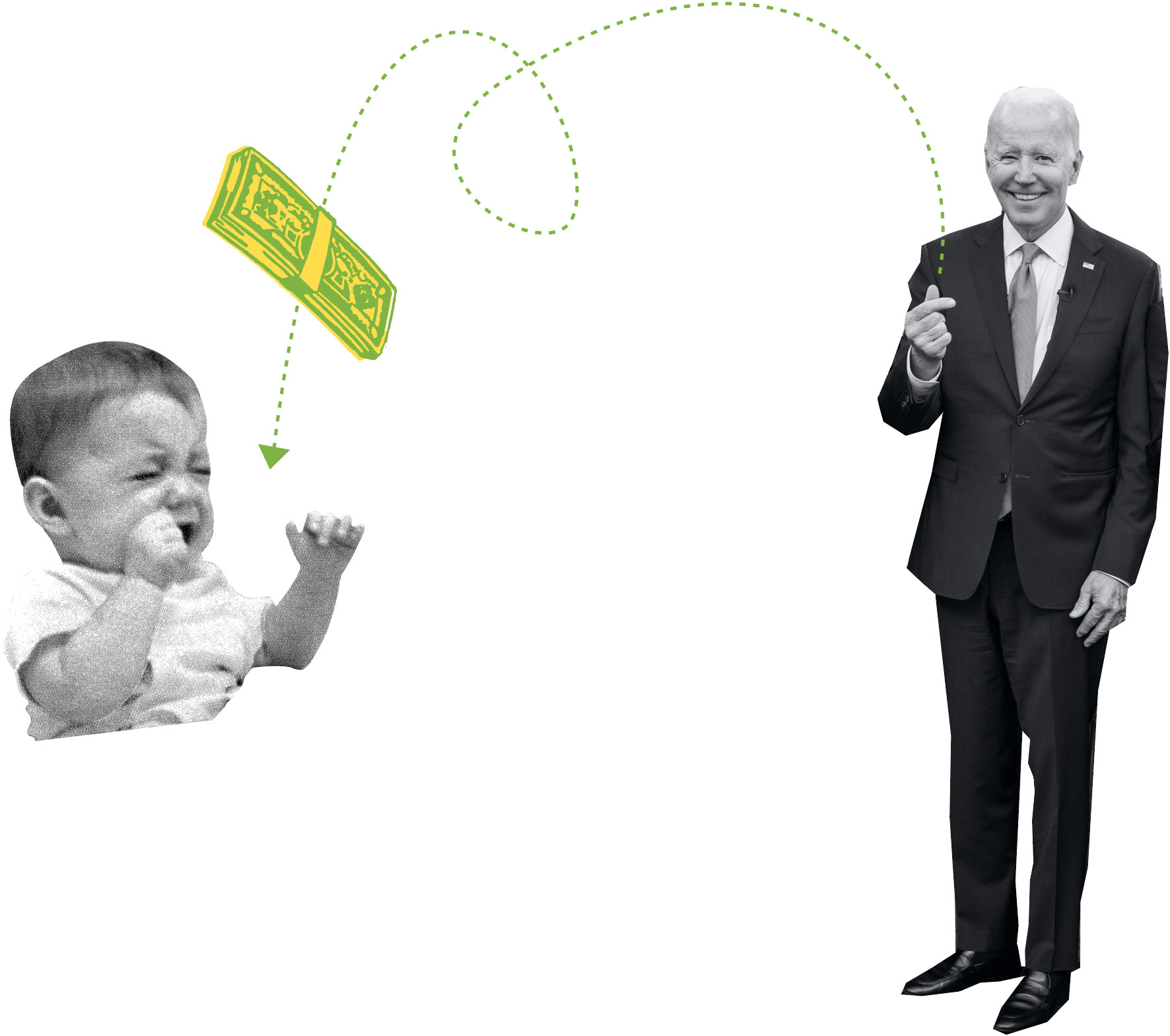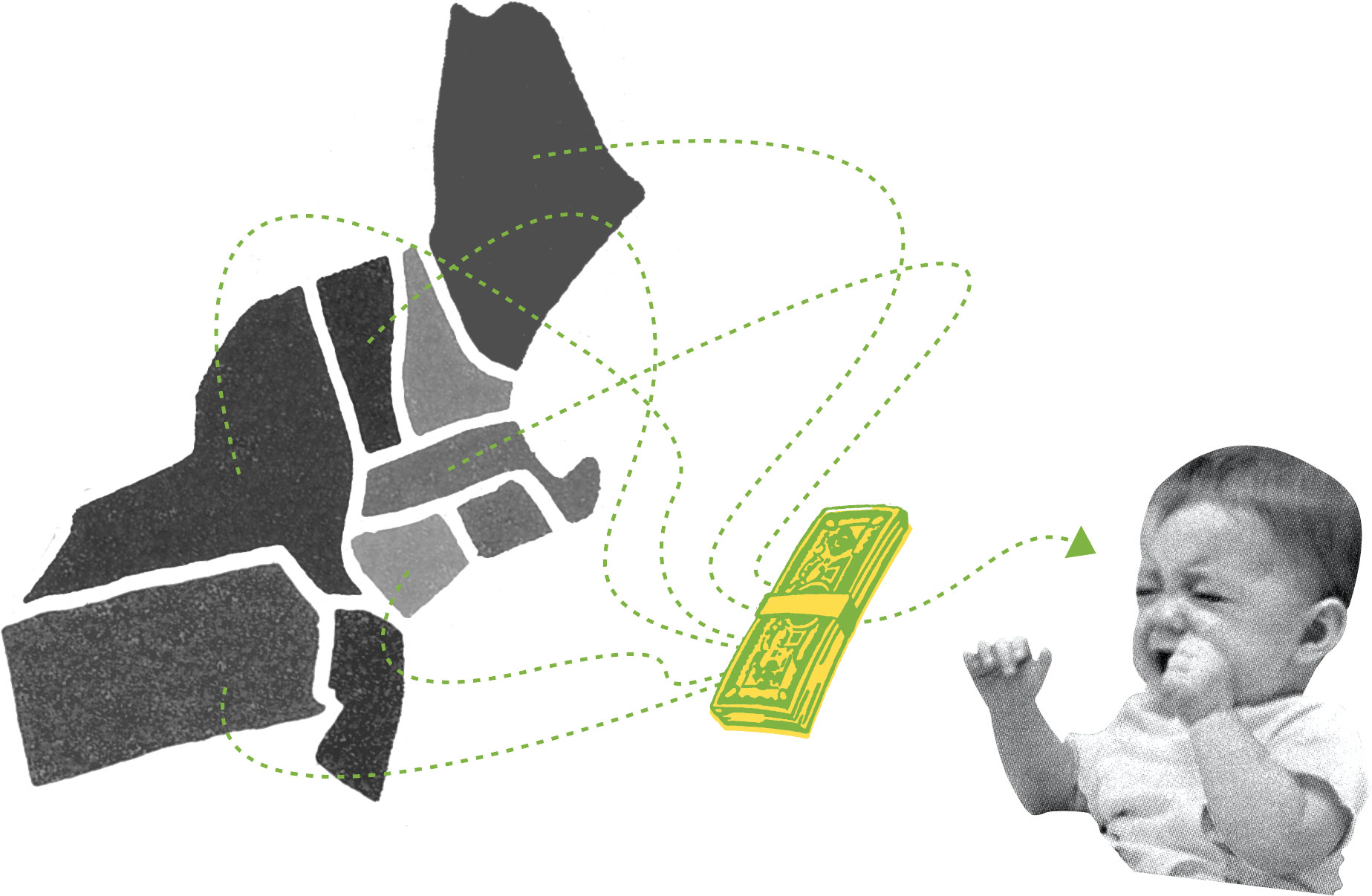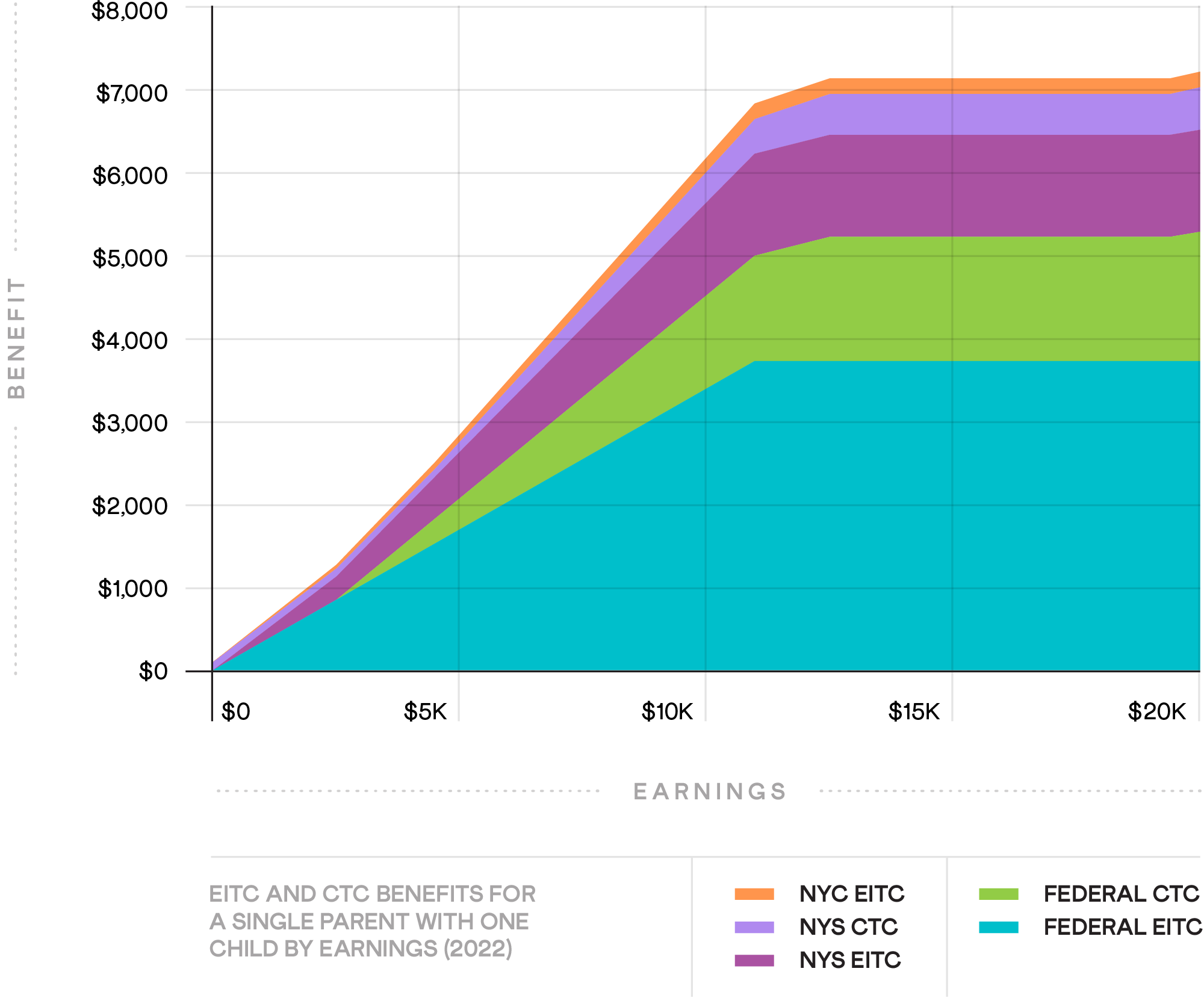
Introduction
For six months last year, the United States had a child benefit program that provided families hundreds of dollars each month for every child that they were taking care of. Unlike the child benefit regime that preceded it, last year’s program did not exclude low-income families from eligibility. This made the program fairer and more effective at reducing child poverty.
The effort to extend the program beyond last year recently failed to pass Congress, causing many to conclude that a poor-inclusive child benefit regime has no chance of being enacted in the foreseeable future. But this conclusion is not quite correct.

It would be easy and cheap for state governments to fill in the gaps left by the current federal child benefit system so as to effectively extend the benefits to the poor. Indeed, in many states, the government could accomplish this by merely tweaking their state-level Earned Income Tax Credit (EITC) and Child Tax Credit (CTC) programs.
In this brief paper, I first describe the current federal child benefit system, then explain how states can strategically supplement it so as to include the poor, and lastly provide a list of states where such reforms are the most likely to occur.

